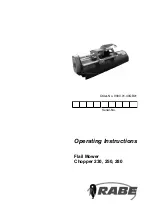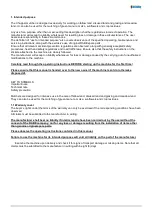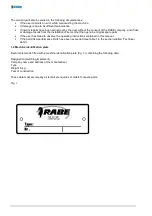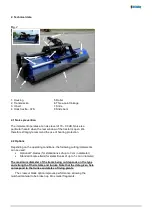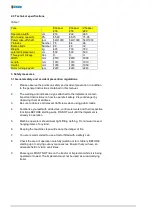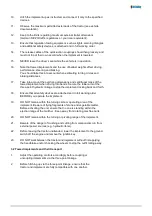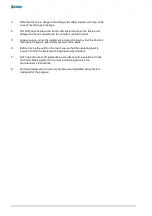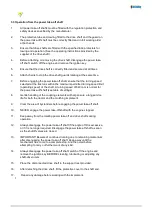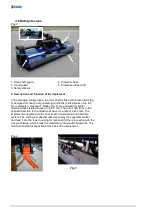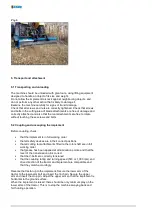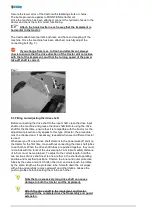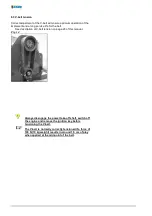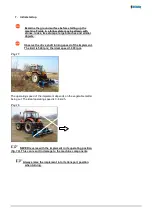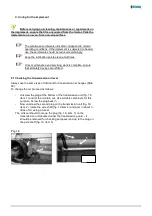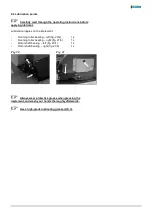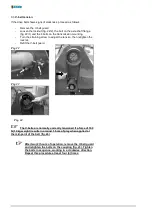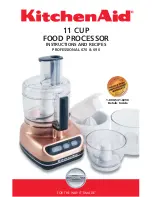
Fig.6
5. Transport and attachment
5.1 Transporting and unloading
The machine should be unloaded with great care, using lifting equipment
designed to handle an object of its size and weight.
Do not allow the implement to knock against neighbouring objects, and
do not perform any other action that is likely to damage it.
Examine the machine carefully for signs of transit damage.
Check that all screws and nuts are correctly tightened. Check that screws
and bolts in the cutting area of blade attachments are free of damage and
correctly attached, and also that the tool attachments are free to rotate
without touching these screws and bolts.
5.2 Coupling and uncoupling the implement
Before coupling, check:
•
that the implement is in full working order
•
that all safety devices are in their correct positions
•
that all cutting tool attachments fitted to the rotor shaft are in full
working order
•
that grease has been applied at all lubrication points, and that the
level of the transmission oil is correct
•
that the V-belts are correctly tensioned
•
that the coupling rating and turning speed (540 or 1,000 rpm) and
drive direction of the tractor and implement are compatible and
that they match accordingly
Reverse the tractor up to the implement. Secure the lower arm of the
tractor to the lower-arm bolt and insert the linch pin. Secure the upper
arm and insert the stop pin. Adjust the upper arm so that the implement is
horizontal to the ground surface.
When the implement is raised, there should be only minimum play on the
lower arms of the tractor. This is to stop the machine swaying back and
forth during operation.

